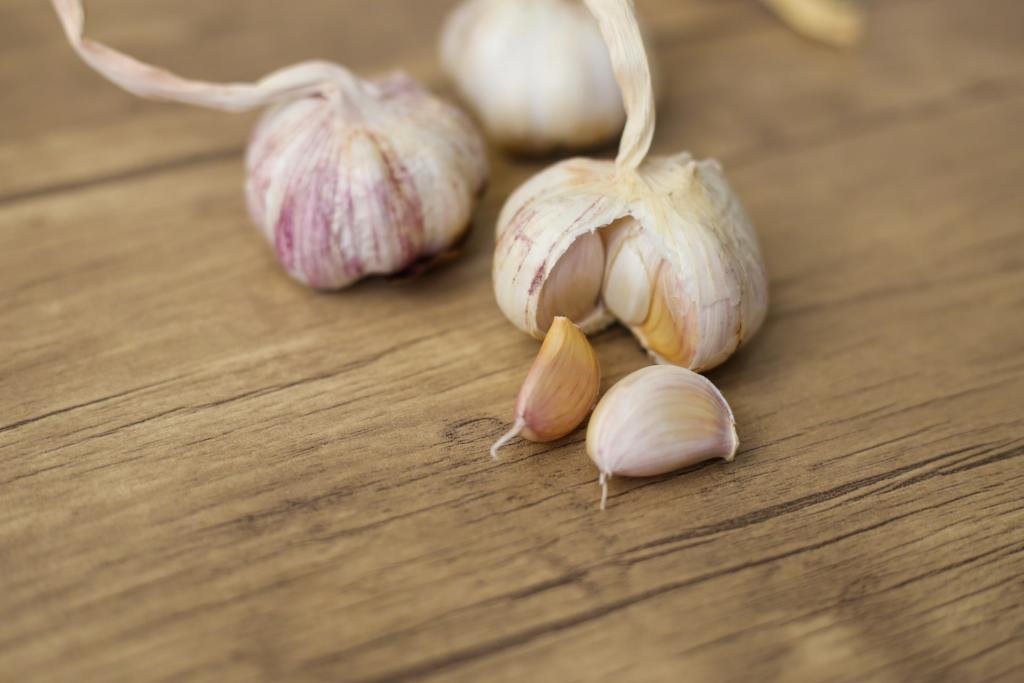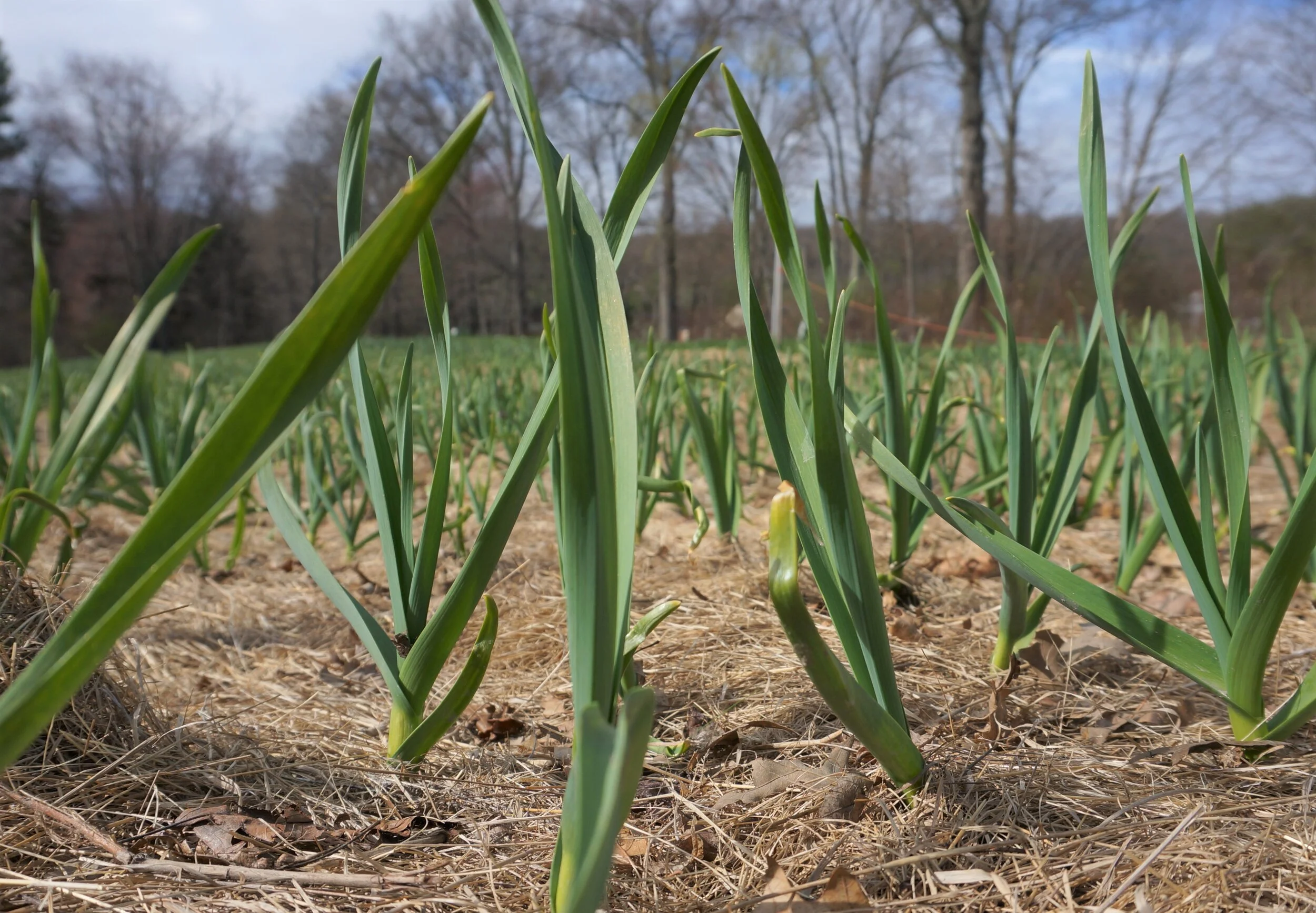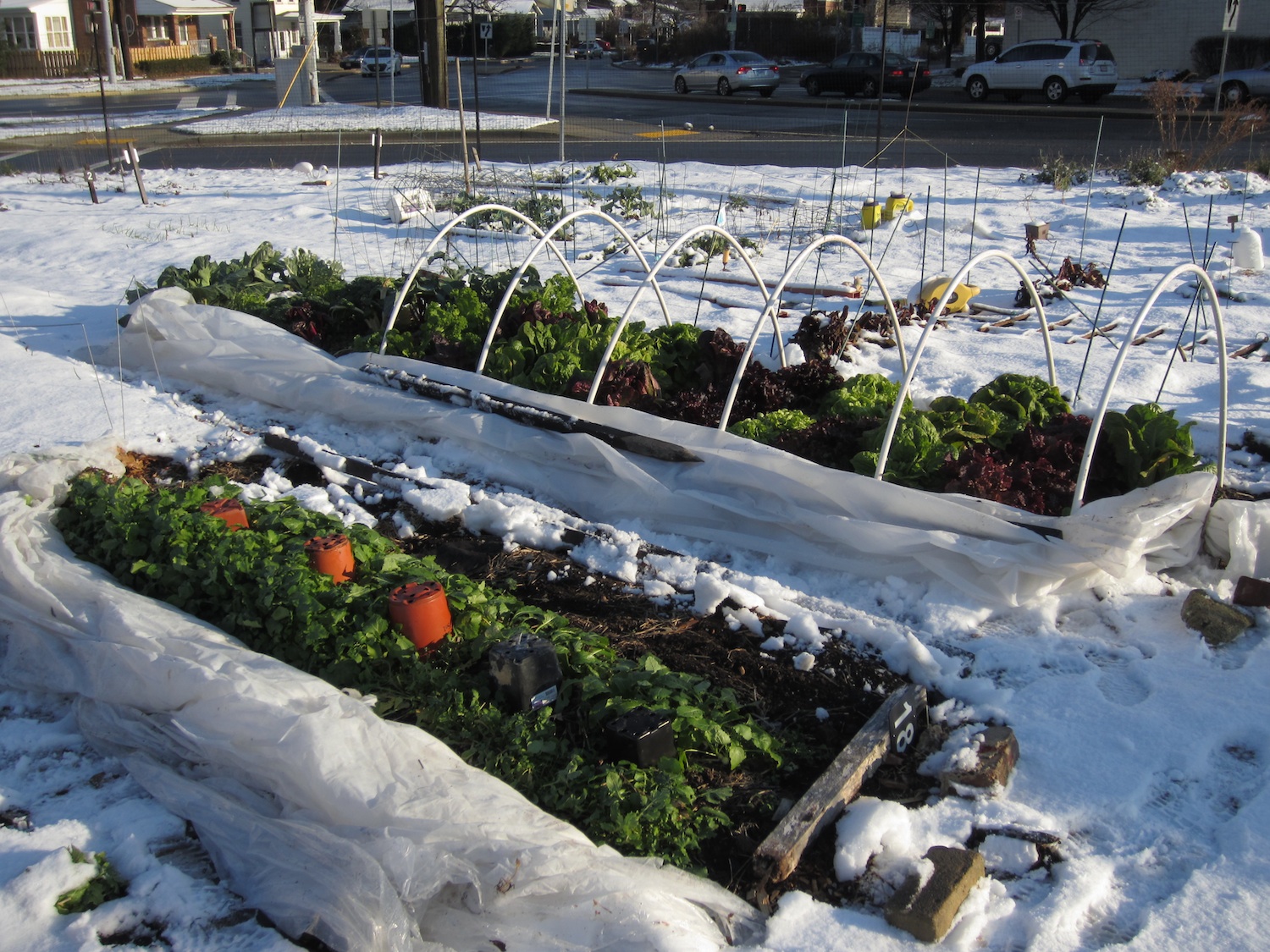How to Grow Garlic in Winter: Step-by-Step Guide

Garlic, the pungent powerhouse of the culinary world, is not just a summer delight. Did you know you can grow garlic in winter? Imagine the satisfaction of harvesting fresh, homegrown garlic while the world outside is blanketed in snow. Winter garlic cultivation is not only possible but also rewarding. Let's embark on this cold-weather adventure and explore how to grow garlic in winter conditions.
Why Grow Garlic in Winter?
Garlic is a hardy plant that can withstand cold temperatures, making it an excellent choice for winter vegetable gardening. Growing garlic in winter has several advantages. First, it frees up space in your summer garden for other crops. Second, winter-grown garlic tends to have a more robust flavor. Lastly, it's a great way to keep your green thumb active during the colder months.
Understanding Garlic Cultivation
Before we dive into the step-by-step guide, let's understand garlic cultivation. Garlic is a member of the allium family, which includes onions, leeks, and shallots. It grows from individual cloves, each capable of producing a new bulb. Garlic is categorized into two main types: softneck and hardneck. Hardneck varieties are better suited for cold weather crops as they are more winter-hardy.
Step-by-Step Guide to Grow Garlic in Winter
1. Choose the Right Variety

As mentioned earlier, hardneck garlic varieties are your best bet for winter garlic planting. Some popular hardneck varieties include 'Music', 'German Extra Hardy', and 'Rocambole'. These varieties are known for their cold hardiness and robust flavor.
2. Prepare Your Soil
Garlic prefers well-drained, loose, and fertile soil. Before planting, prepare your soil by adding plenty of organic matter, such as compost or well-rotted manure. The ideal pH for garlic is between 6.0 and 7.0. Ensure your soil is well-drained to prevent waterlogging, which can cause rot.
3. Plant at the Right Time
The best time for garlic planting in winter is late fall, about 4-6 weeks before the ground freezes. This gives the garlic enough time to establish roots but not enough time to produce top growth, which can be damaged by frost.
4. Planting Garlic Cloves
Here's how to plant garlic cloves:
- Break apart the garlic bulb into individual cloves, ensuring the papery skin remains intact.
- Plant each clove 2 inches deep, with the pointed end facing up.
- Space cloves 4-6 inches apart in rows that are 12-18 inches apart.
5. Mulch for Protection
After planting, apply a thick layer of organic mulch, such as straw or leaves. Mulch helps insulate the soil, preventing freeze-thaw cycles that can heave garlic out of the ground. It also helps retain moisture and suppress weeds.
6. Garlic Care in Winter
Garlic is a low-maintenance crop, but it does require some care. Water your garlic regularly, ensuring the soil remains consistently moist but not waterlogged. Garlic needs about 1 inch of water per week. If rainfall is insufficient, supplement with irrigation.
In spring, as new growth emerges, side-dress your garlic with a high-nitrogen fertilizer, such as blood meal or composted chicken manure. This encourages robust leaf growth, which translates to larger bulbs.
7. Harvesting Winter Garlic
Garlic is typically ready to harvest in late spring to early summer, depending on your climate and the variety. You'll know it's time to harvest when the lower leaves turn brown, but the upper leaves are still green.
To harvest, carefully dig around the bulb with a fork to avoid damaging it. Gently lift the bulb from the soil, brush off excess dirt, and let it cure in a dry, shady spot for 2-3 weeks. Once cured, store your garlic in a cool, dry place.
Troubleshooting Common Issues
Growing garlic in winter is not without its challenges. Here are some common issues and solutions:
- Rot: Caused by excessive moisture, rot can be prevented by ensuring your soil is well-drained and avoiding overwatering.
- Freeze Damage: If garlic is exposed to extremely cold temperatures without adequate protection, it can suffer freeze damage. Prevent this by applying a thick layer of mulch.
- Pests and Diseases: Garlic is relatively pest and disease-resistant, but it can be affected by issues like white rot, rust, and bulb mites. Practice good garden hygiene, rotate crops, and provide optimal growing conditions to prevent these issues.
Additional Resources
For more information on garlic cultivation, check out these authoritative resources:
- Growing Great Garlic from Mother Earth News
- Garlic Planting and Care Guide from Bonnie Plants
Conclusion
Growing garlic in winter is a rewarding endeavor that results in a flavorful harvest. By choosing the right variety, preparing your soil, planting at the right time, providing adequate care, and troubleshooting common issues, you can successfully cultivate garlic in cold weather conditions. So, why not give it a try? Your taste buds will thank you!
FAQs
Can I grow garlic from store-bought cloves? While it's possible, it's not recommended. Store-bought garlic is often treated to prevent sprouting and may not be suitable for your climate. Always choose locally adapted, disease-free garlic from a reputable source.
How long does it take to grow garlic? Garlic takes about 9 months to mature from planting to harvest. The exact duration depends on your climate and the variety.
Can I grow garlic in containers? Yes, garlic can be grown in containers. Choose a container that is at least 8 inches deep and wide, with good drainage. Fill it with well-drained potting soil and plant your cloves as you would in the ground.
What is the best fertilizer for garlic? Garlic prefers a high-nitrogen fertilizer, such as blood meal, composted chicken manure, or a balanced organic fertilizer. Avoid high-phosphorus fertilizers, as they can encourage excessive leaf growth at the expense of bulb size.
How do I store harvested garlic? After curing, store garlic in a cool, dry place with good air circulation. The ideal storage temperature is between 32-40°F (0-4°C) with 65-70% humidity. Under these conditions, garlic can be stored for several months.

Happy gardening! Remember, every clove you plant is a step towards a flavorful, homegrown harvest.
0 Response to "How to Grow Garlic in Winter: Step-by-Step Guide"
Post a Comment